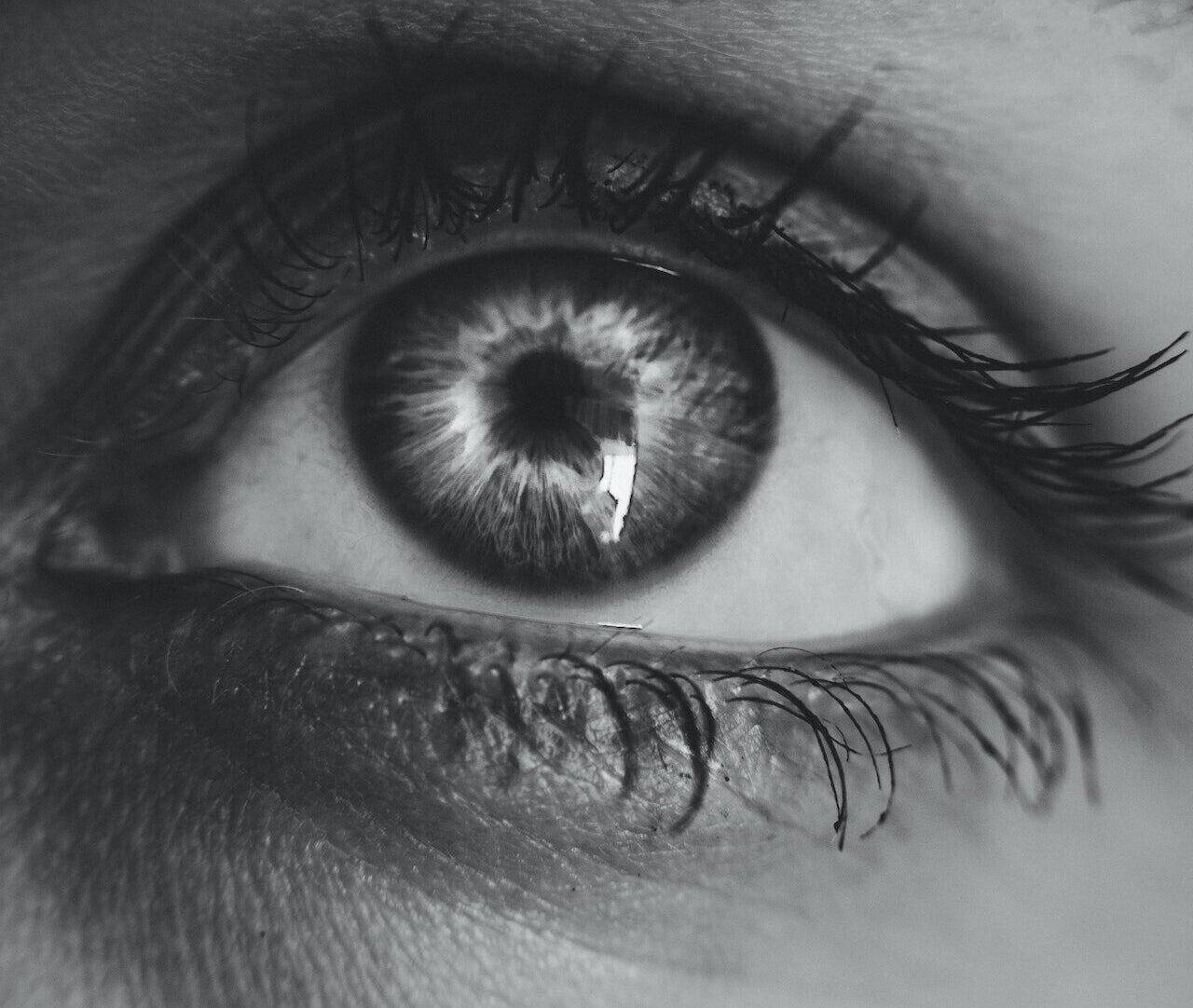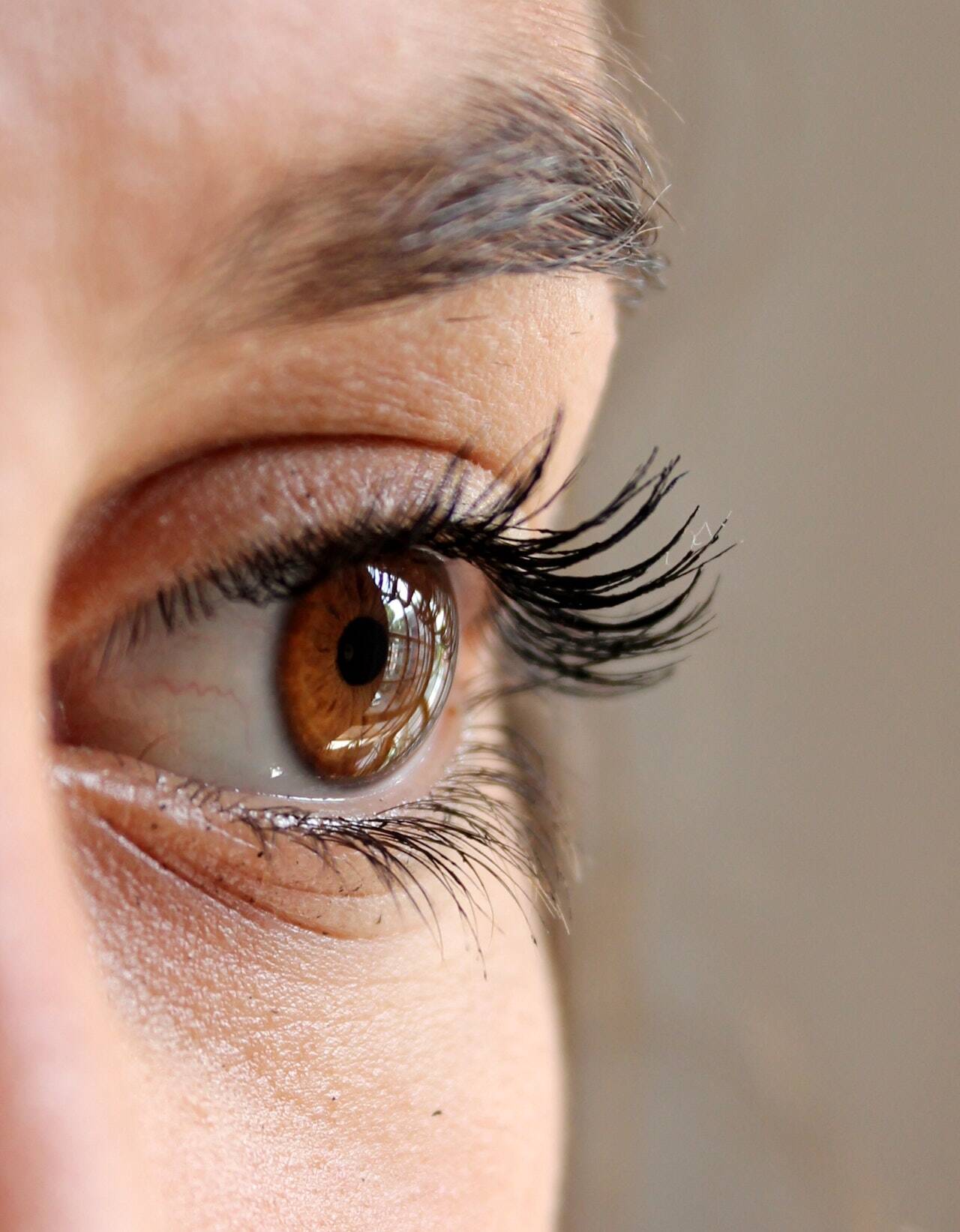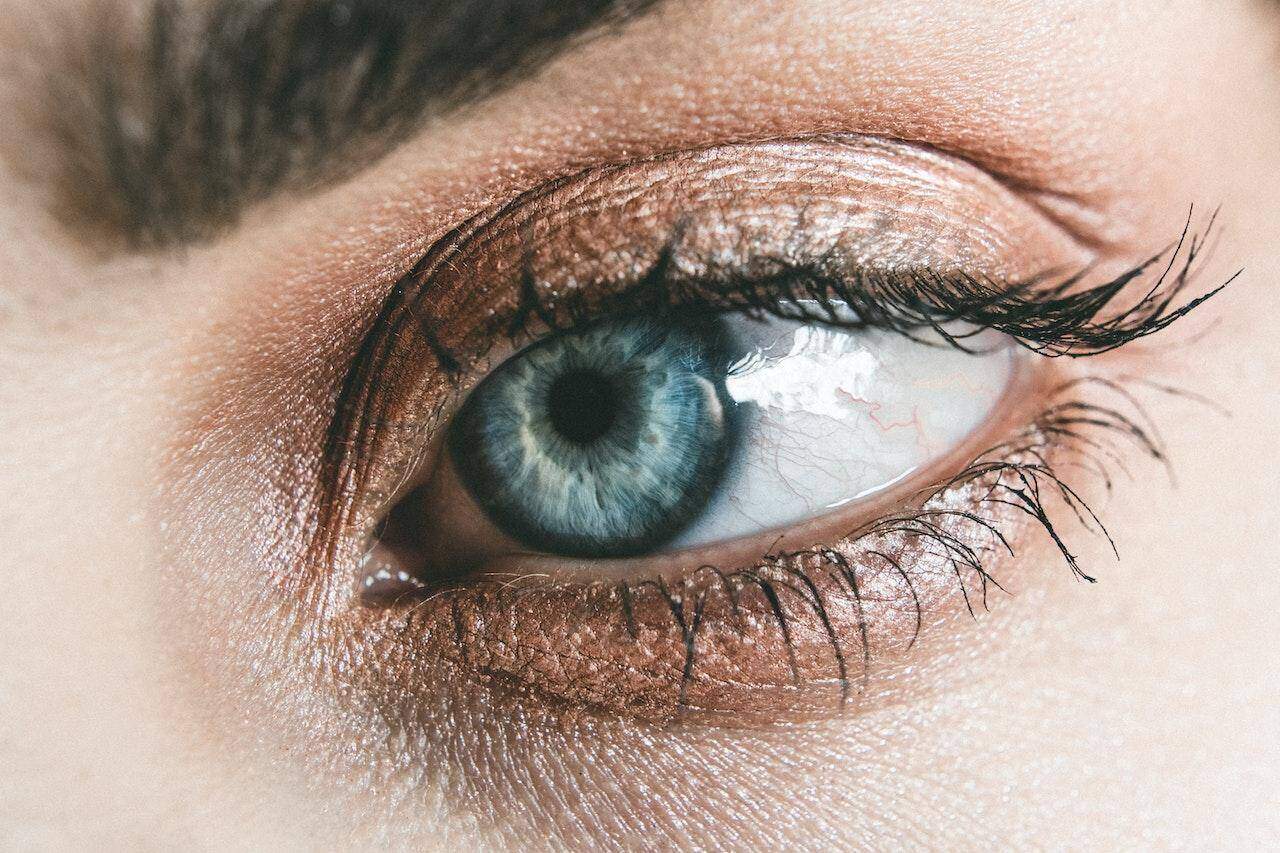Eye tracking studies involve analyzing the movement of a user’s eyeballs while using different types of content, such as websites, apps, ads or products. They provide very valuable information on how users look at different interface elements, what is important to them and what attracts them. Conducting eye tracking studies in a company allows you to: improve the usability of websites, applications or products, increase the effectiveness of advertisements, increase the effectiveness of interface design, learn about user preferences, better understand customer needs and expectations, get information about what interface elements are most important to users. It is worth remembering that eye tracking studies provide very valuable information that allows you to tailor your offerings to the needs and preferences of your customers, which contributes to increasing the effectiveness of your marketing efforts and increasing customer satisfaction. Therefore, if you want to get to know your customers better and tailor your offer to their needs and preferences, conducting eye tracking studies is crucial for the development of your business.






